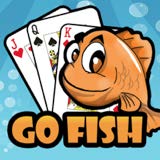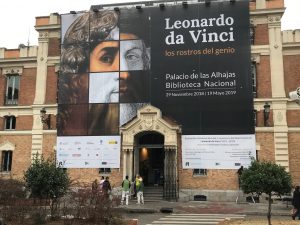The Leonardo Da Vinci DNA Project opened our eyes to the possibilities (inevitability!) of exciting new discoveries by integrating new tools of genetics, molecular biology, and microbiology into studies of art history and practices in conservation of cultural heritage. We were able to help arrange support for a joint project of the NYU Institute of Fine Arts and the research lab of the Metropolitan Museum of Art:
ART BIO MATTERS 2018 aims to assemble, for the first time, scientists, curators/art historians, and conservators for a stimulating forum to explore new directions in the study of biological materials in works of art. Through guided and balanced discussions, participants will identify connections between advanced DNA, mass-spectrometric, and antibody-based approaches and their own research questions, thereby, facilitating focused and mutually beneficial collaborations.
By many accounts, the conference 8-10 November 2018 was thrilling. The website has lots of great materials and leads. Congratulations to Julie Arslanoglu, Peggy Ellis, Matthew Teasdale, and the emerging community at the interface of biology and art!


